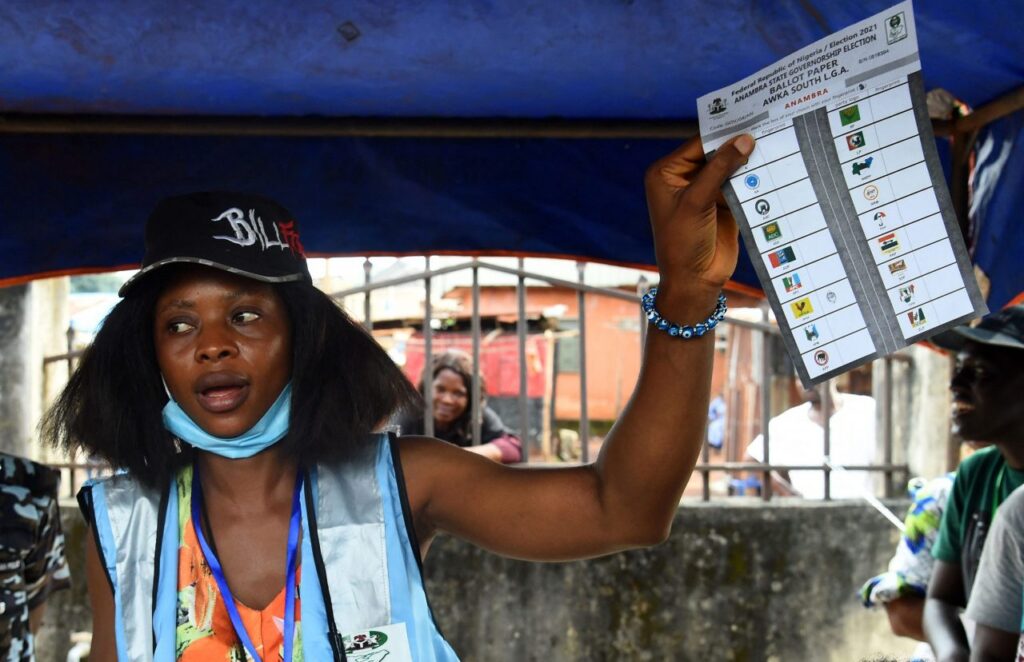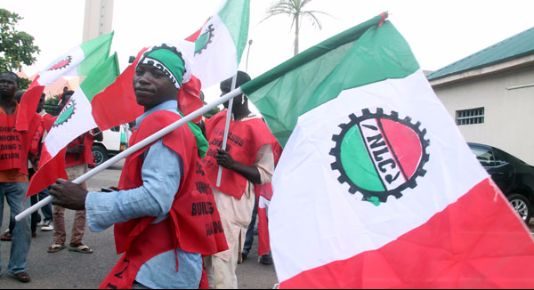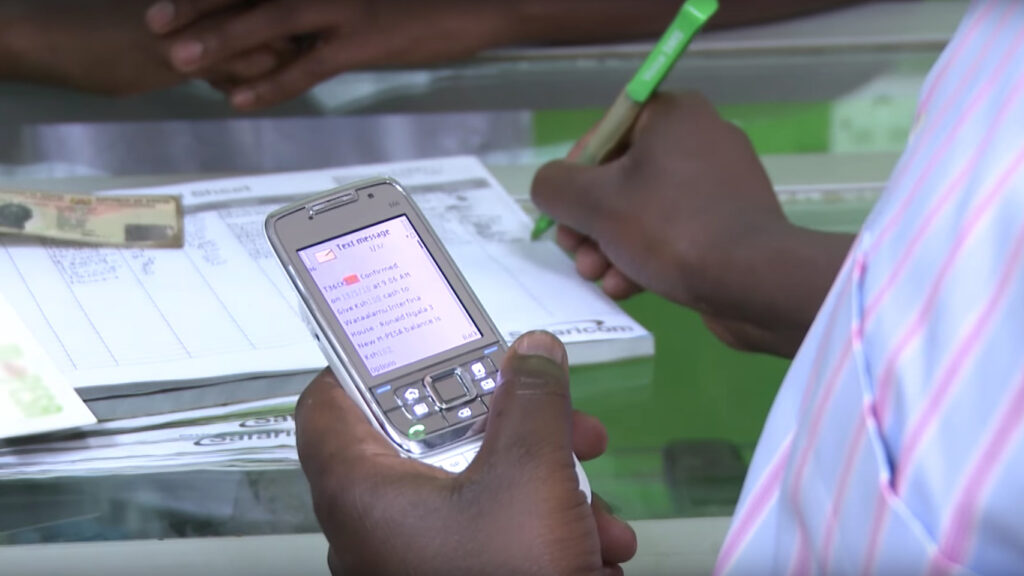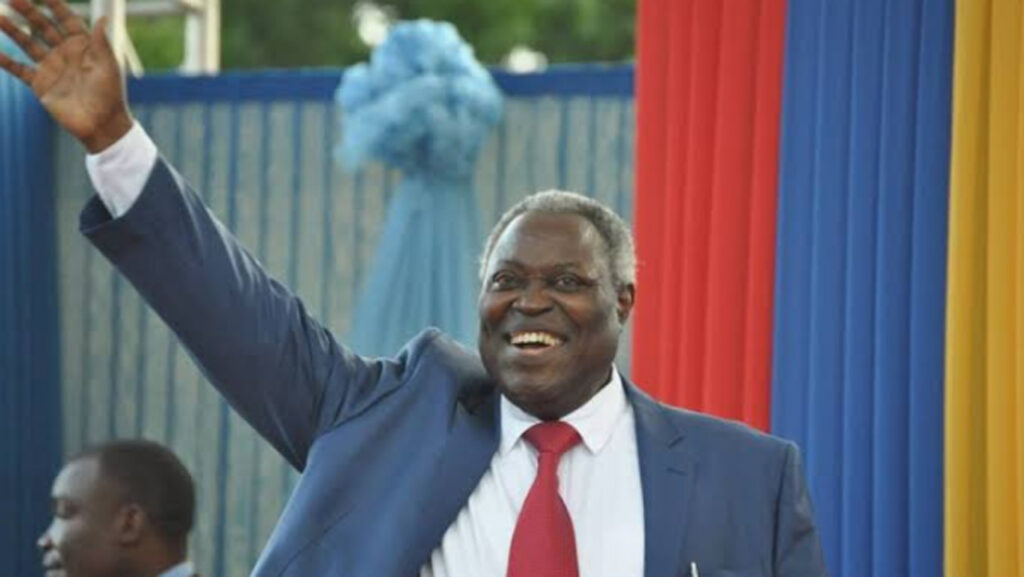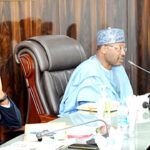
At the same tune, election forensics have three primary disadvantages which are as follows:
Producing the statistics does require a fairly sophisticated knowledge of quantitative methods, as well as substantial computing power. The Electoral Forensics Toolkit presents one potential solution to overcome this challenge: experts perform the statistical work in-house and provide a report of the results that is accessible and intelligible to non-specialists.
Election forensics do not produce definitive proof of fraud-unlike direct observation of ballot box stuffing. Instead, the method produces probabilistic evidence of anomalies that are suggestive of fraud. This limitation need not fundamentally determine the election forensics approach, especially given that other methods of election assessment are similarly constrained (again, short of tangible proof of malfeasance). Rather, the limitations of election forensics should caution against making overstated inferences or claiming that the approach can supplant all others, errors that we are conscious to emphasize as concerns and to avoid.
The utility of election forensics methodology is limited if election results are not reported in a sufficiently detailed fashion. The method works best the more detailed and disaggregated the data are. The ideal is comprehensive data, on turnout, valid and spoilt ballots, together with all votes for all parties and candidates down to each and even – polling place (or even down to every ballot box), though the tools can also work with less detailed data. Election forensics are of limited use, however, if election results are provided only as a summary at a national level, or not reported at all (e.g., some countries only report who was elected, or the distribution of seats among the parties contesting tile election). In these cases, assessment tools other than election forensics are more appropriate and may be the only realistic options.
Fortunately, a vast majority of countries do provide subnational election results. In fact, even many countries that conduct elections in a context marked by severe restrictions on political mobilization and competition, with boycotts and/or accusations of fraud by opposition parties, still report subnational results. The availability of these detailed results allows election forensics to be married with complementary methods and tools, such as in-person monitoring. Election forensics enhance the value of more labor-intensive forms of monitoring, instead of being a wholesale substitute. Anomalies and other actual or suggestive evidence of malfeasance detected by one or more approaches can be combined in ways that are mutually reinforcing. For example, users might combine our estimates of anomalies with information from country officers or election observers, which may be reflected in datasets such as the Electoral Integrity Project; Kelly and Kolev’s Quality of Elections Database or Lindberg’s Elections and Democracy in Africa to produce a more complete, cross-validated picture of a given election.
A Primer On Election Forensics Methods
Two assumptions underlie the use of election forensics. First, statistical analysis of suitably disaggregated election data can detect instances of illegitimate human manipulation. Second, patterns in data that typically result from such manipulation, as well as patterns of deviations from the distributions that are expected in the absence of manipulation, are more likely to represent evidence of fraud if found consistently across multiple statistical techniques.
A variety of methods have been used to evaluate election results as indicators of anomalies. Past research has focused on several kinds of data reported by government election authorities: voter turnout, votes received by various parties or candidates, and number of ballots deemed invalid. Some researchers analyze combinations of these reported data. The research can go in one of two directions. One direction assumes what should happen in an election where anomalies do not occur. Another direction takes the complementary approach and assumes what should happen if manipulations are attempted. Different statistical methods may respond to different kinds of anomalies. When the various methods lead to similar statistical indications e.g., indications that there is a high likelihood that there are anomalies in reported data it adds strength to our conclusions (i.e., that election results have been manipulated).
The first approach to anomaly and fraud detection centers oil the digits of the vote count values as indicators of anomalies. The first digits of aggregate vote totals, second significant digits and the last digits have all been of interest. The second digit methods are based on the idea, that nonanomalous vote counts follow the so-called second-digit Benford’s Law-like (2BL) distribution a particular distribution of numerical digits occurring from a natural with each number 0-9 as differentially likely. The last-digit method is based on the idea that unmanipulated vote counts have uniformly distributed 0-9 last digits. The digit-focused methods are controversial as Fraud detection devices, with in particular Mebane claiming that the second digits of precinct vote counts may be produced by normal political processes such as strategic voting and mobilization that do not trace back to illegitimate human manipulation.
A second approach relies on analysis of turnout data. This approach focuses on departures from the expected shape of the distribution of voter turnout or on the relationship between turnout and the share of votes for the leading candidate. Also particular patterns in turn out and vote proportions have been identified because they facilitate coordination among election malefactors.
Third, invalid vote counts have also been useful in diagnosing possible irregularities. A paucity of invalid Votes that snatch a high proportion of votes for the leading candidate can reveal that votes have been faked, possibly through careless ballot box stuffing.
To be continued tomorrow
Professor Ogundipe
Toyin60@yahoo.com
Barrister Akinade
bayoakinade@yahoo.co.uk

